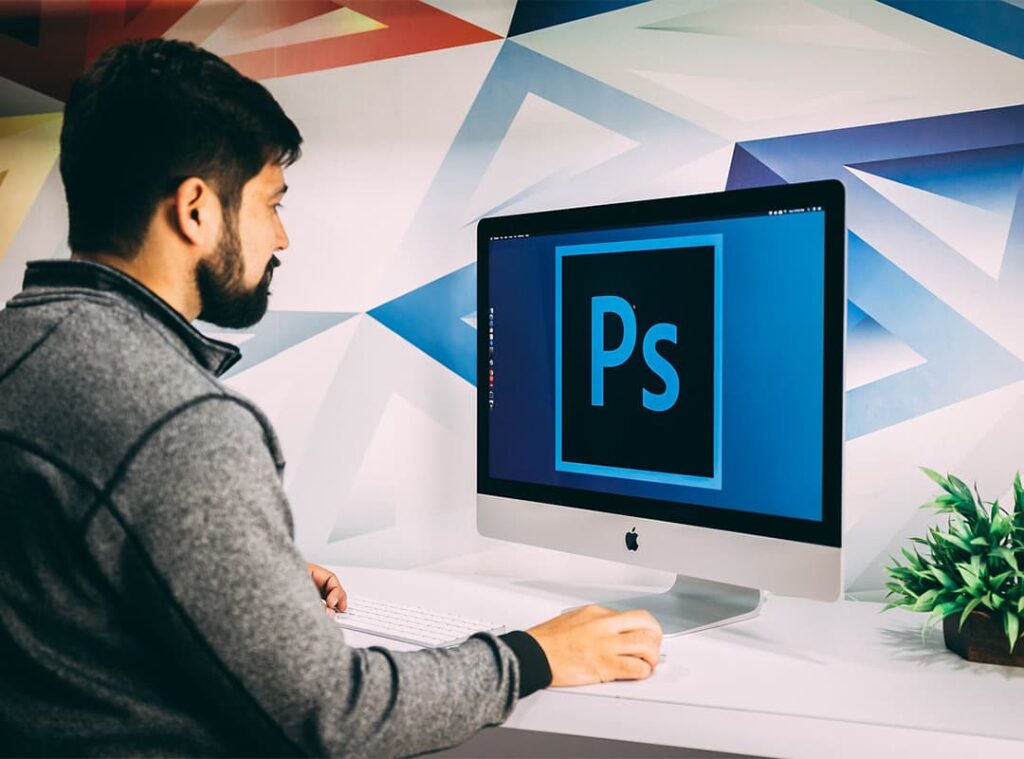Of course, when we talk about design, it is impossible to ignore the software package of Adobe, the undisputed leader in this field. And first of all, we are talking about Photoshop.
Despite the fact that Photoshop was originally created as a photo editor, today it is one of the most popular and functional tools for graphic and web designers. The program provides you with a tremendous range of tools for working with raster and (partially) vector graphics. It allows you to create almost any graphic element – from simple logos to complex website mockups.
In fact, for a long time, web designers have mostly used Photoshop to create website layouts. But if we’re being objective, Photoshop is far from being the ideal tool for such tasks. Web design is a priori very demanding in terms of dimensions, indents, and small details. And to change any of these details in Photoshop, you sometimes have to spend a lot of time and work with the layout almost under a magnifying glass. That’s why the program is no longer used as actively in web design as it was a few years ago.
Photoshop has a huge number of functions and tools for photo editing. Using this arsenal, you can easily create unique logos and banners, draw digital elements for websites, and much more.
Photoshop is steadily updated every month. Developers add new features for photo editing and fix bugs. In 1989, Adobe first introduced its product and immediately conquered the photo industry. Professional photographers and amateurs got access to a huge number of high-quality tools to realize their ideas.
The program remains the standard in photo editing, and many developers are guided by it. As for the disadvantages, Photoshop has many complex functions, so beginners have to spend a lot of time to understand what to do and how to do it.
Nevertheless, this photo editing software is one of the most popular options at the moment. If you have any questions, you can check out the forums or YouTube videos, and you’ll likely find the answer you’re looking for.
